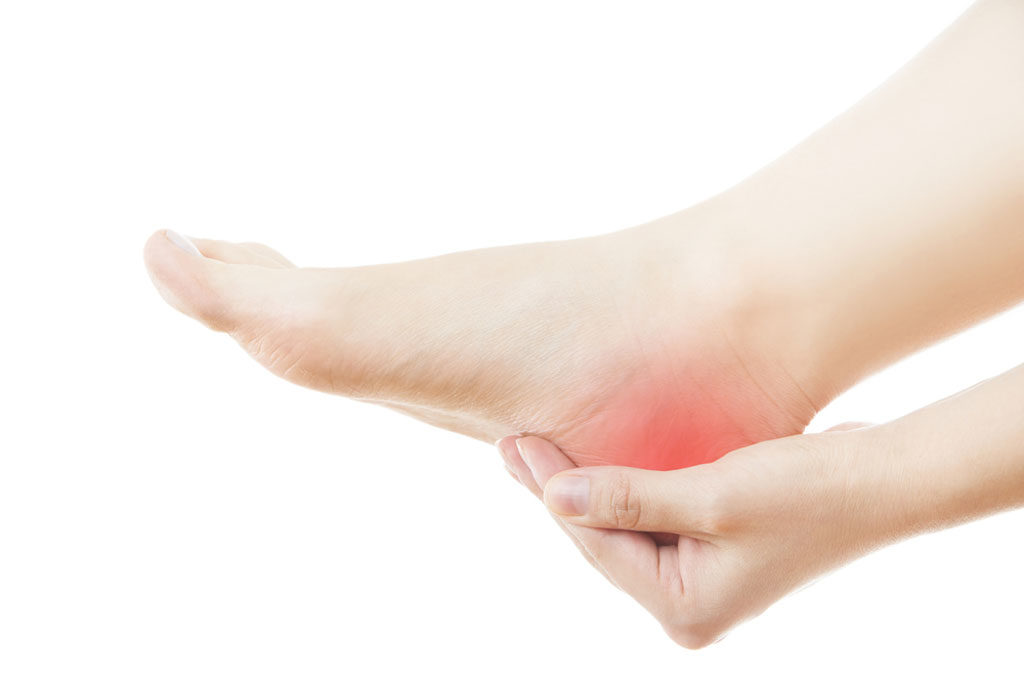Heel pain, often referred to as “heel pain syndrome, usually affects the underside or back of your heel. There are two different categories of heel pain. The first is caused by over-use repetitive stress, which refers to a soreness resulting from too much impact on a specific area of the foot. The other being Plantar fasciitis, a very common diagnosis of heel pain, is usually caused from a biomechanical problem, such as over-pronation (flat feet).
- Pain on the bottom of the heel
- Pain in the arch of the foot
- Pain that increases over a period of months
- Swelling on the bottom of the heel
- Worse when one gets up in the morning
- After sitting for long periods of time
- After a few minutes of walking, the pain decreases because walking stretches the fascia.
- For some people, the pain subsides but returns after spending long periods of time on their feet
- Over-pronation (flat feet), which results in the arch collapsing upon weight bearing.
- A foot with an unusually high arch
- A sudden increase in physical activity
- Excessive weight on the foot, usually attributed to obesity or pregnancy
- Improperly fitting footwear
- Ice Therapy -Putting an ice pack on your heel for 20 minutes several times a day helps reduce inflammation. Place a thin towel between the ice and your heel; do not apply ice directly to the skin.
- Stretching exercises -Exercises that stretch out the calf muscles help ease pain and assist with recovery.
- Avoid going barefoot -When you walk without shoes, you put undue strain and stress on your heel.
- Shoe modifications -Wearing supportive shoes that have good arch support and a slightly raised heel reduces stress on the heel.
- Orthotic Correction – Correcting abnormal foot mechanic by supporting the heel with Orthotics to reduce the tension
- Orthotics
- Footwear
- Shoes
- Cold Pack
- Heel Cushions


